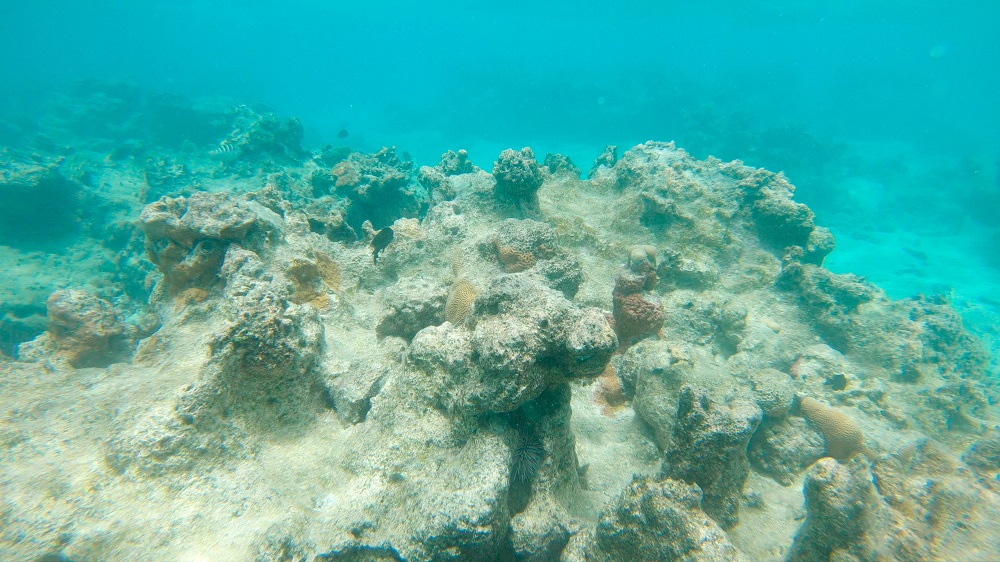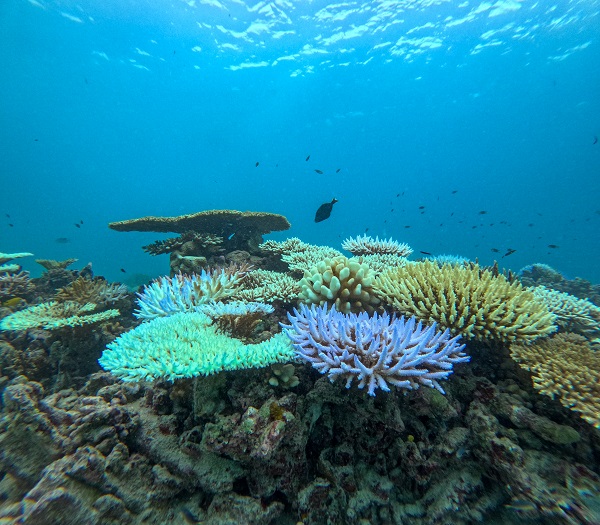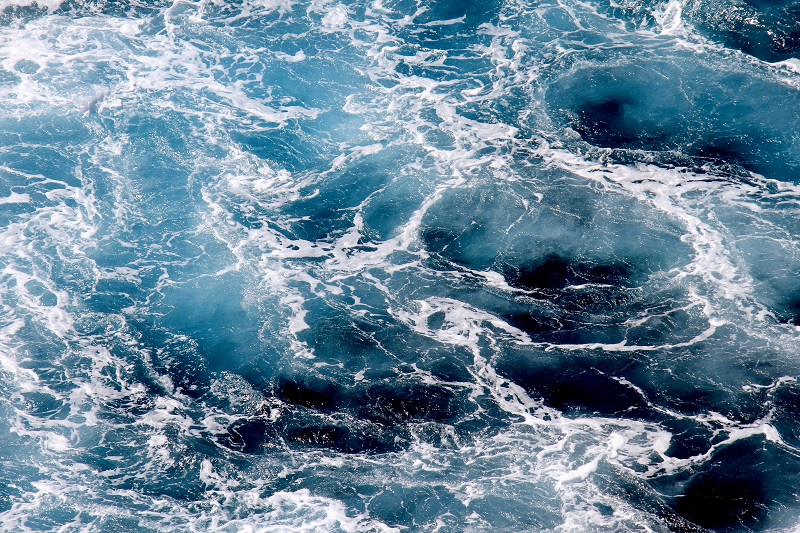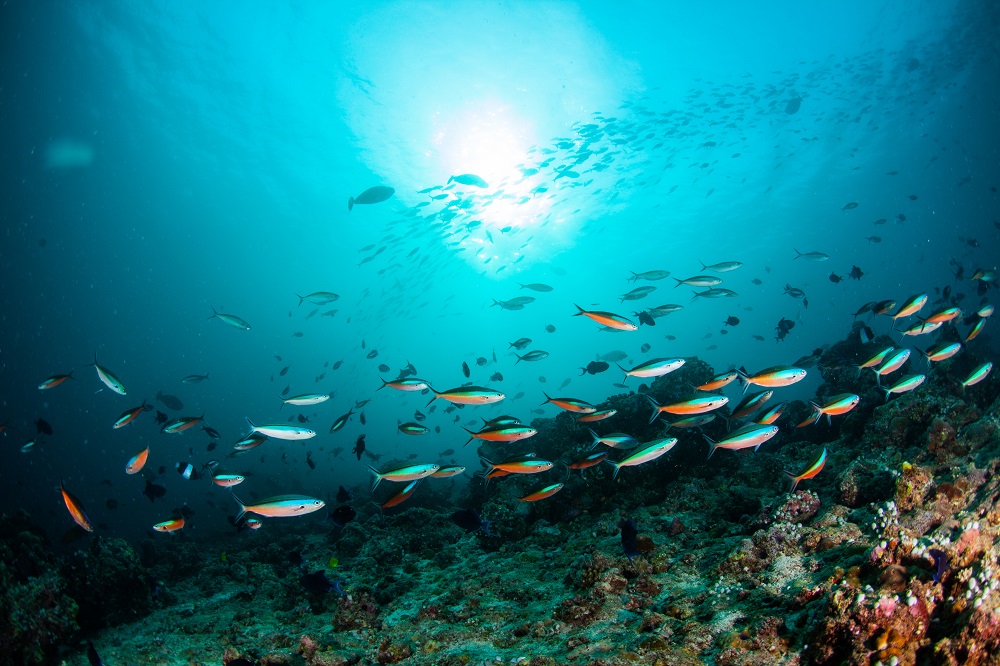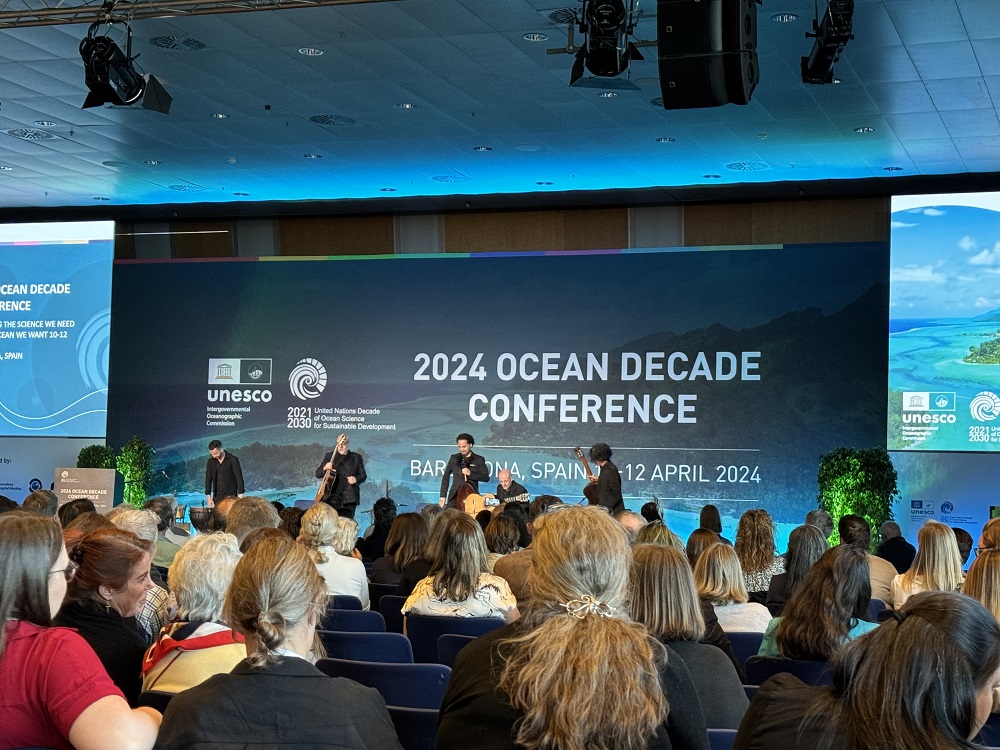Over the past year global water temperatures have smashed records. Fuelled by climate change and El Niño, which warms Pacific waters, high sea temperatures have triggered the world’s fourth global mass bleaching event. Corals from Florida to Brazil have turned white, with some 97% of corals in the northern third of the Great Barrier Reef dying since.
Anthropogenic climate change is making marine heatwaves—unusually high sea surface temperatures lasting more than five days—more common and severe. Beyond mass bleaching events, they devastate ocean ecosystems, killing native species while encouraging the growth of invasive species. Hot waters also interfere with the migration and breeding patterns of marine life. In 2012 a heatwave in the north-west Atlantic disrupted fisheries, as species favouring warmer water moved north. The impacts ripple through economies that rely on fishing and ocean cycles. Fish and shellfish losses have cost global fisheries hundreds of millions of dollars, while shifting species distributions have increased human conflicts over wildlife, igniting fishing rights disputes.
Beyond mass bleaching events, they devastate ocean ecosystems, killing native species while encouraging the growth of invasive species.
“Extreme weather is likely to increase, as we’re seeing stronger hurricanes and tropical storms associated with marine heatwaves,” says Dr Juliane Wihsgott, oceanographer at Plymouth Marine Laboratory. “There’s also increased stress on marine life, leading to biodiversity loss and habitat disruption. When habitats are disrupted for extended periods, animals that can leave will do so, which can lead to economic losses for communities dependent on these fisheries.”
Ocean temperatures do not exist in isolation, but can affect coastal climates and distant regions. North Atlantic temperatures have a powerful influence over the cycles of drought and rain as far away as central Africa. El Niño and La Niña climate patterns, affecting water temperatures in the Pacific, alter weather across the world. And warmer waters provide more energy to tropical storms and cyclones, making them more powerful.
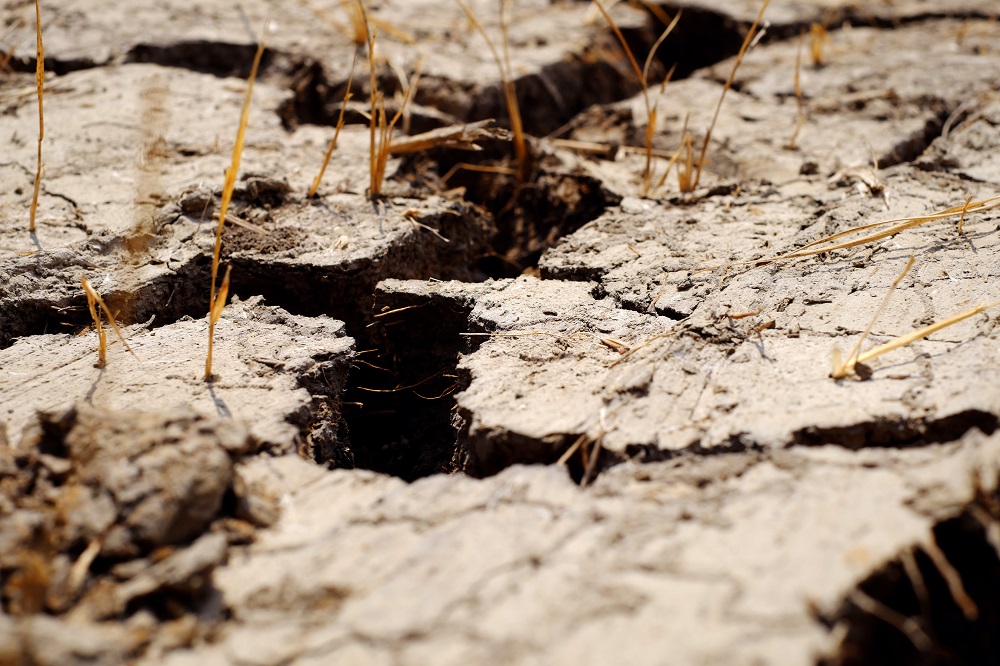
One crucial aspect of the ocean’s role in the climate is its absorption of heat. Scientists estimate that around 90% of the excess heat generated in the Earth’s climate system by anthropogenic climate change is stored in the ocean. The rate of this heat accumulation has doubled in the last two decades. Sea surface temperatures have been notably increasing alongside greenhouse gas emissions since the early 20th century. And even if greenhouse gas emissions were halted immediately, the oceans would continue to store existing heat, perpetuating the warming trend.
Scientists estimate that around 90% of the excess heat generated in the Earth’s climate system by anthropogenic climate change is stored in the ocean.
That risks a looming crisis for oceans, with implications for weather patterns across the world. “For the general public, there’s a disconnect between marine heatwaves and heatwaves on land, as a small increase in water temperature may not seem significant compared to 40-degree heat on land,” says Tim Smyth, head of science, marine biogeochemistry and observations at Plymouth Marine Laboratory. “But the two co-locate and correlate very strongly.”
North Atlantic heatwaves
Professor Smyth and Dr Wihsgott recently worked on a study examining one heatwave that illustrated those risks. In June 2023 surface temperatures up to 5°C higher than average in the north-east Atlantic ocean shelf contributed to record-breaking temperatures across the continent. The atmospheric conditions that caused the 16-day marine heatwave—a high level of sunshine, weak winds and tropical air—created a feedback loop that reduced cloud cover over the sea and produced unprecedented heat on land throughout June. The researchers also concluded that the heatwave was intensified by the 20-year warming trend in sea surface temperatures.
In June 2023 surface temperatures up to 5°C higher than average in the north-east Atlantic ocean shelf contributed to record-breaking temperatures across the continent.
“We’ve seen historical marine heatwaves in Western Australia and the Mediterranean, and we’ve observed a lot of the impacts of marine heatwaves in these regions, but it wasn’t really talked about in UK waters until recently, when we observed those extreme heatwave conditions around the UK and Ireland last summer,” says Professor Smyth.
Last year saw the hottest June on record in the UK, and unpredictable weather patterns continued across the European continent through July. Southern Europe saw temperatures above 45°C, as well as wildfires impacting thousands of people. Countries including Germany and France drafted emergency plans to prevent heatwave deaths. While it is difficult to establish a clear link between this weather and ocean heatwaves, ocean surface temperatures in the months leading up to the European heatwave were hotter than any other June on record, with the North Atlantic as the most extreme anomaly.

Multiple compounding factors appear to have contributed. These include natural climatic patterns like El Niño, as well as the unusual lack of Saharan dust in the North Atlantic and reduced atmospheric aerosols due to stricter regulations on shipping emissions. Such factors are exceedingly difficult to predict—June 2023 also set a record for the biggest difference between expected and actual sea surface temperatures recorded by the US National Oceanic and Atmospheric Administration—but are almost certain to escalate as global heating continues.
Current circulation
In many scenarios, escalating heatwaves could weaken or shut down the Atlantic Ocean currents, which play a critical role in regulating the global climate. Its circulation has changed in the past, with geological evidence suggesting that its decline past a certain tipping point played a role in causing the last ice age. Studies show that it could reach the same tipping point again as the planet warms.
The Atlantic Ocean currents play a critical role in regulating the global climate.
Ocean currents are formed by winds, tides, and differences in water density, largely due to the water’s temperature and salinity (cold, salty water is naturally heavier). In the Atlantic, warm and salty water from the equator flows north, traversing the Caribbean Sea and the Gulf of Mexico before crossing the ocean towards Europe. As it nears Greenland, the warm water becomes colder and sinks. This sinking pulls in more warm water from the ocean surface, operating like a conveyor belt and repeating the cycle.
This cycle is extremely vulnerable to changes in ocean temperatures. Melting Arctic ice sheets and glaciers will dilute the saltiness of the water near Greenland, preventing it from sinking and weakening the conveyor belt. A weaker current brings less heat north. At a certain point of weakness, the cycle will shut down entirely. If this happens, parts of North America and Europe will experience extreme temperature drops while parts of the southern hemisphere will become several degrees warmer. Sea level and precipitation patterns will also change, which could devastate vulnerable ecosystems like the Amazon rainforest, which relies on precipitation. This could result in a “tipping cascade”, with multiple ecosystem tipping points being triggered, causing irreversible changes to natural systems across the globe.
Professor Smyth and Dr Wihsgott’s research revealed that the 2023 heatwave has already impacted ocean heat distribution. The regions most affected are characterised by a warm surface layer, heated by the sun and separated from deeper, cooler waters by a distinct layer called a thermocline. During the heatwave, the surface layer absorbed most of the excess heat, which then cannot be effectively distributed throughout the water column. This concentrated warmth at the top specifically amplified coastal temperatures. “Going forward, shallow and coastal areas will be most strongly affected,” adds Dr Wihsgott. Coastal communities face escalating risks from this phenomenon, including potential threats to local ecosystems and fisheries. The science suggests that time is of the essence, emphasising the urgent need for comprehensive climate action to protect these vulnerable regions.
Back to Blue is an initiative of Economist Impact and The Nippon Foundation
Back to Blue explores evidence-based approaches and solutions to the pressing issues faced by the ocean, to restoring ocean health and promoting sustainability. Sign up to our monthly Back to Blue newsletter to keep updated with the latest news, research and events from Back to Blue and Economist Impact.
The Economist Group is a global organisation and operates a strict privacy policy around the world.
Please see our privacy policy here.
THANK YOU
Thank you for your interest in Back to Blue, please feel free to explore our content.
CONTACT THE BACK TO BLUE TEAM
If you would like to co-design the Back to Blue roadmap or have feedback on content, events, editorial or media-related feedback, please fill out the form below. Thank you.
The Economist Group is a global organisation and operates a strict privacy policy around the world.
Please see our privacy policy here.



 The scourge of untreated wastewater
The scourge of untreated wastewater Slowing
the chemical tide: safeguarding human and ocean health amid
chemical pollution
Slowing
the chemical tide: safeguarding human and ocean health amid
chemical pollution Hazardous chemicals in plastics - the discussions at INC
Hazardous chemicals in plastics - the discussions at INC







